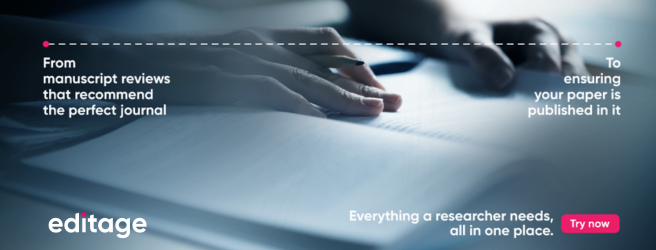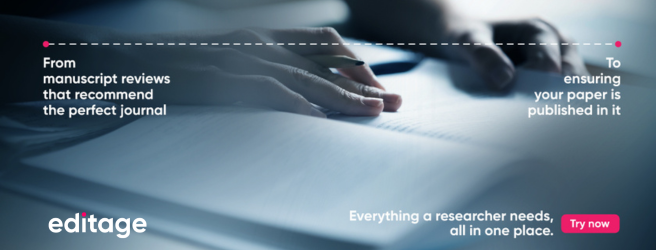Plan S: The nuts and bolts

Have you heard of Plan S? It has been one of the hottest topics of discussion among academics over the past few months. Most of you might be aware of what it is. If you don’t, this post is for you. In this post I will discuss the basics of Plan S and some of its implications on research and researchers globally.
Problems with accessing published literature
Accessibility to latest research is crucial for the advancement of science and technology. However, over the past few years, institutions in various countries have been finding it increasingly difficult to afford the subscriptions costs of paywalled journals. For example, over the past year, academics in Germany, Taiwan, and Sweden lost access to subscription-based journals circulated by major publishers like Elsevier. Research institutions, universities, and libraries in countries such as Germany and Sweden also formed a consortium in an attempt to discuss the possibility of a better deal between institutions and publishers to improve the former’s access to subscription-based journals. However, most of these negotiations failed.
The beginnings of Plan S
While the consortia were making these attempts, the shift toward open access publishing gained momentum when some funders in Europe came together to discuss how they could facilitate easy global access to the latest research. Last year in September, a group of 11 national funding agencies across Europe formed cOAlition S and initiated Plan S. The supporters of this initiative include research funding organizations as well as global charitable funders such as Wellcome Trust and the Bill and Melinda Gates Foundation.
What does Plan S propose?
Plan S mandates that from January 1, 2020, all academics who receive funding from the participating agencies would have to make their research open access immediately after its publication. This should be done by making research publications available on compliant open access platforms or journals without monetizing them in any way. “[This is] a huge moment in the fight for open access because it represents the funders finally stepping up to the plate and doing what is necessary to shift the system,” says open access advocate Michael Eisen, who is the cofounder of PLOS and a geneticist at the University of California.
Plan S principles
Plan S is based on 10 principles that cOAlition S has outlined. Below is a quick summary of these principles:
- Open license – Authors need to publish their research under the CC BY license, which is an open license. Moreover, authors will retain complete and unrestricted copyright of their work.
- Open access infrastructure – In case high quality open access journals and platforms do not exist, the funders will provide support and incentives necessary to establish and assist open access infrastructures.
- Publication fees – Fees to publish open access across Europe will be standardized and capped. Moreover, the open access publication fees will not be borne by researchers. It falls upon funders or universities to cover them.
- Transparency – To ensure transparency, funders will ask universities, research organizations, and libraries to align with their strategies and policies. Ultimate transparency should be the ideal pursued by both funders and institutions.
- Archives and repositories – Since open archives and repositories are useful in long-term archiving and can help editorial innovation, their usage and importance is acknowledged.
- Compliance – The “hybrid” model of publishing is not considered to be compliant with the Plan S principles, and the funders will be in charge of ensuring compliance. However,
Bonus takeaway exclusively for community members
- researchers from institutions that have agreements with journals or publishers will be allowed to publish in subscription journals so long as they make the manuscript available via a public repository immediately after its publication.
How the scholarly publishing industry reacted to Plan S
While open access has been gradually gaining ground over the years, the announcement of Plan S created a big splash and sparked heated debates among various stakeholders in academia and scholarly publishing.
Over 1900 researchers have signed an online open letter to pledge their support to Plan S. The pay-to-access model, according to them, “is inequitable, impedes progress in our fields, and denies the public the full benefit of our work.” Elaborating on the reasons to support the principles of Plan S, the letter reads that the initiative will help in “maximizing the reach of our scholarship and its value to the research community and public.” Further, academics in countries such as India, where access to published literature is limited due to tight budgets, are highly supportive of the initiative.
Several members of the scientific community have shown support for Plan S, but others have opposed the initiative. Some researchers expressed skepticism about the initiative in the form of an open letter, citing concerns such as “violation of academic freedom” and "negative consequences."
Many large publishers too have expressed concerns about the initiative due to various reasons, such as tight timelines for the transition. Apart from this, Springer Nature and The American Association for the Advancement of Science (AAAS) are among the publishers who disagree with the exclusion of hybrid journals.
While the publishers indicated that they are supportive of open access in general, their concerns stemmed from the fact that providing immediate access to published literature can be a blow to their income. “Publishers have to generate income; if they don’t charge for the content they provide, it’s very hard to see how publishers can do it all for free,” said Steven Inchcoombe, Chief Publishing Officer at Springer Nature. The International Association of Scientific, Technical and Medical Publishers (STM) too expressed the need for Plan S to adopt a more lenient approach towards hybrid journals.
Owing to the volume and diversity of responses to the initiative, cOAlition S called for feedback on the implementation of the plan. Following this, several individual researchers, publishers, scholarly societies, libraries, funding agencies, and other stakeholders provided feedback. The responses indicated that the scholarly community is supportive of the initiative and what it stands for. Some of the common concerns raised in the feedback include: negative impact on humanities and social sciences researchers; impact on the business of independent, small society publishers; and tight timelines for implementation.
The implementation of Plan S
Plan S has sparked the interest of academics globally although it is primarily a European undertaking. The initiative is a bold call to steer the mainstream publishing model towards the open access route. And while academia is highly supportive of the need to embrace open access to research, the initiative has received mixed reactions. The next few months are crucial as conversations around the implementation of Plan S will unfold.
What do you think about this initiative? How will it affect you as a researcher? Share your thoughts and get this conversation going!
References:
Create a free account and access this bonus resource

Published on: May 09, 2019
Comments
You're looking to give wings to your academic career and publication journey. We like that!
Why don't we give you complete access! Create a free account and get unlimited access to all resources & a vibrant researcher community.














